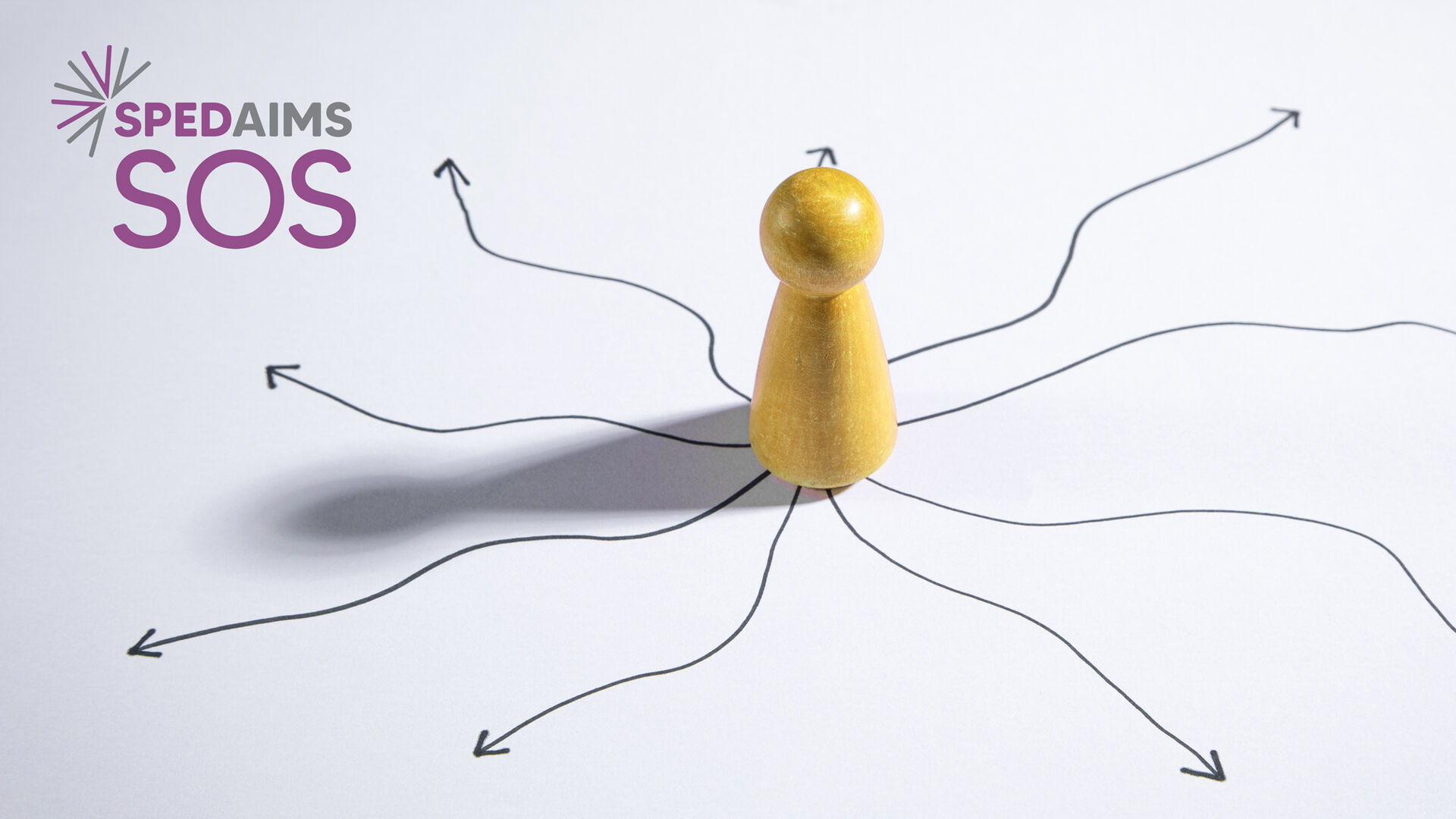In this project, we will investigate the characteristics of children receiving special needs education or other forms of support in kindergarten and school. We will utilize longitudinal data from the Norwegian Mother, Father, and Child Cohort Study (MoBa) and data from Norwegian registries to determine who receives special needs education and assess the outcomes for those receiving special needs education.

Facts about SpedAims SOS
Investigating
what characterizes children who receive special needs education and how they fare compared to children who receive no or other forms of support in education.
Additionally, we will examine whether the classroom environment, social relationships, and other aspects of the school environment are crucial factors for the effectiveness of special needs education.
Funded
by The Research Council of Norway and all the partners.
We need more knowledge
There are not many studies in Norway that can tell us what characterizes children who receive special needs education. We know that more boys than girls receive special needs education, and difficulties like general learning disabilities and ADHD often lead to special needs education. We need to know more about why some children receive special needs education while others do not, even if they have the same type of difficulties. The behavior and socio-emotional development of children may be relevant to who receives special needs education and might also indicate who benefits the most from it. We also aim to find out if the child's environment, such as differences between schools and municipalities, parents' education and income, collaboration with Educational Psychology Service (EPS), classroom environment, or other factors, may determine who receives special needs education.
We know little about whether special needs education can help "catch up" or compensate for children’s challenges. There is a significant focus on early intervention, but there is little evidence that this is happening in practice. We want to identify early risk factors to implement preventive and early interventions. We will try to answer questions such as: What knowledge do parents and teachers have to detect who is struggling? And is it parents' or teachers' perceptions of difficulties that most strongly predict who will need help?
In SpedAims SOS, we use data from the Norwegian Mother, Father, and Child Cohort Study (MoBa). Questionnaires completed by mothers and teachers of children from all over Norway, from when they are in the mother's womb to their teenage years, provide us with information about the child's environment and development, as well as whether they receive special needs education or other assistance.
In SpedAims SOS, we ask:
WHO receives special needs education?
- What characterizes children who receive special needs education?
- Who is better at detecting difficulties early? Parents or teachers?
- What differences exist between children who receive special educational support already in preschool and those who receive special needs education later in their educational journey?
HOW DO children who receive special needs education develop?
- Do children who receive special needs education develop differently than children who receive no support or other forms of assistance in education?
- Is there a difference in the effectiveness of special needs education depending on how early children's difficulties are identified, and interventions are implemented?

SpedAims - Centre for Research on Special Needs Education and Inclusive Practice is a collaboration between special educational research environments at the University of Oslo, the University of Stavanger, the University of Bergen, the University of Agder and Nord University.
Contact persons in SpedAims SOS

Mari Vaage Wang
Associate Professor at The Department Education, University of Oslo.
22 85 88 03

Monica Melby Lervåg
Professor at The Department of Special Needs Education, University of Oslo.
monica.melby-lervag@isp.uio.no
22 85 81 38

Astrid Marie Jorde Sandsør
Associate Professor at The Department of Special Needs Education, University of Oslo.
22 85 57 34

Henrik Daae Zachrisson
Professor at The Department of Special Needs Education, University of Oslo.
22 85 80 66

Ratib Lekhal
Associate Professor at The Department Education, University of Oslo.
22 85 55 28